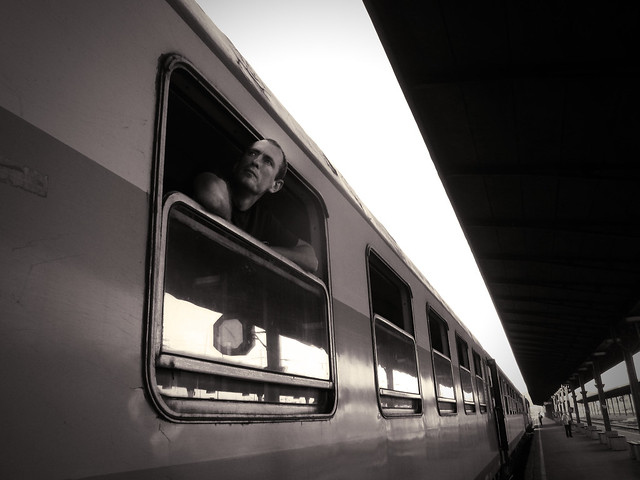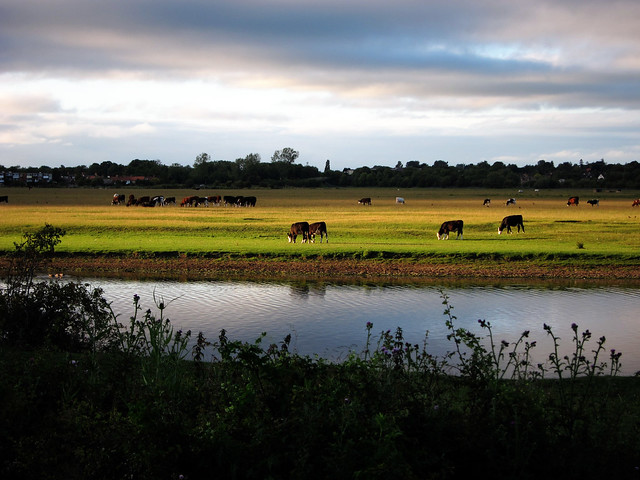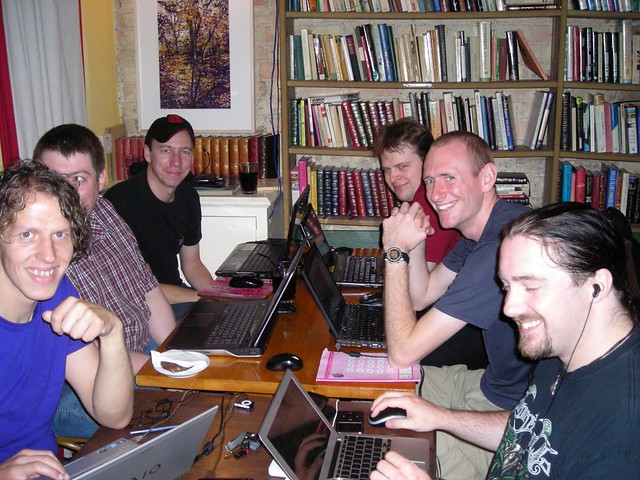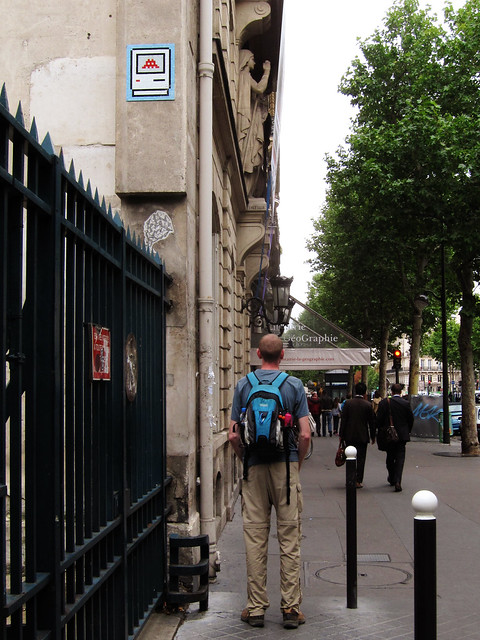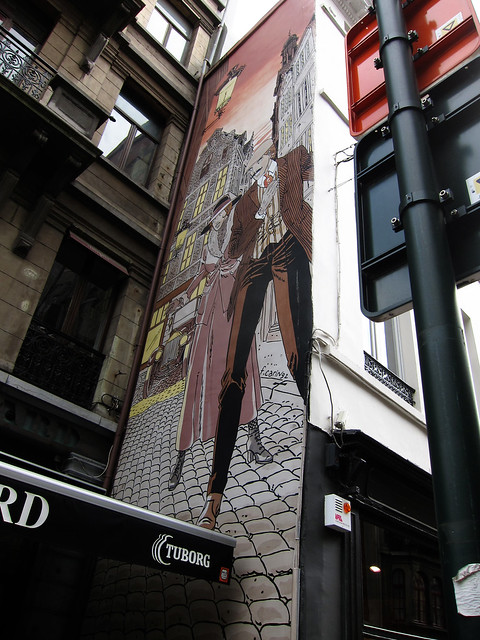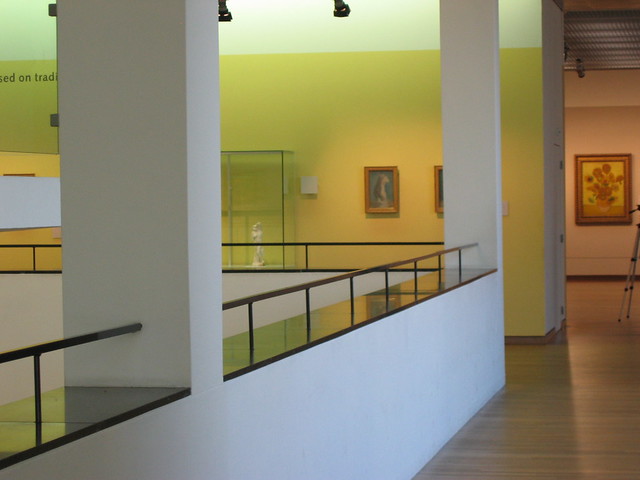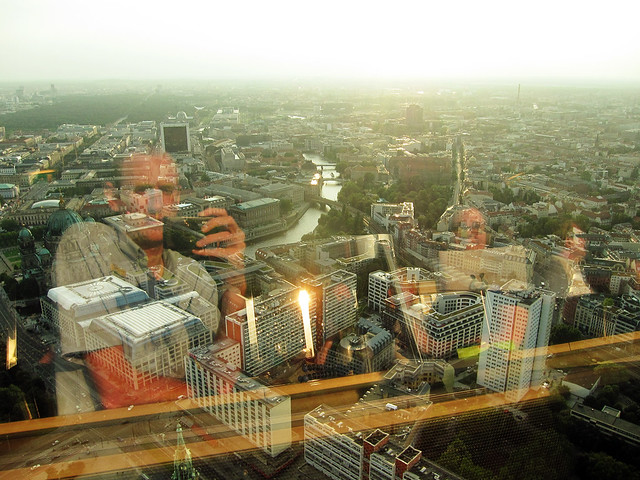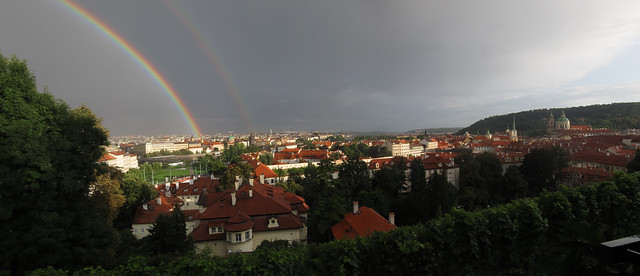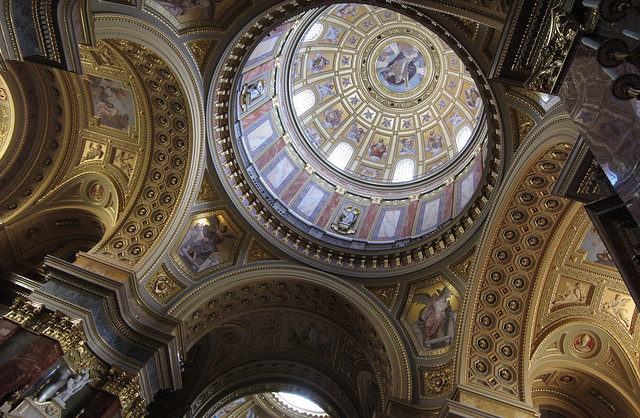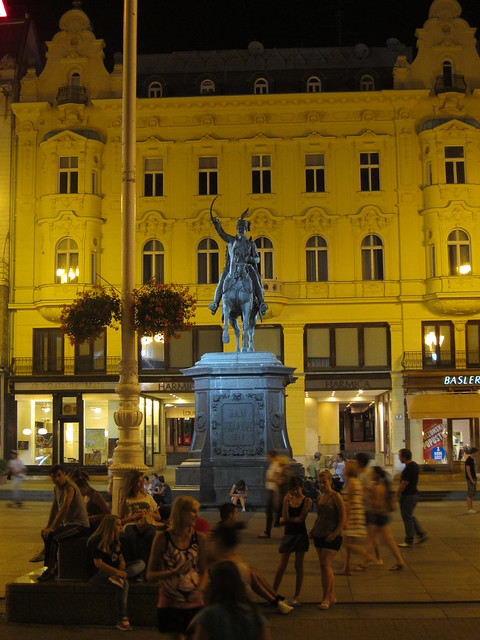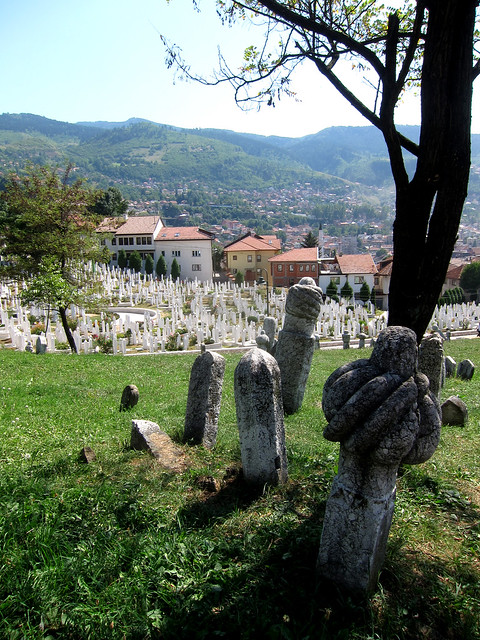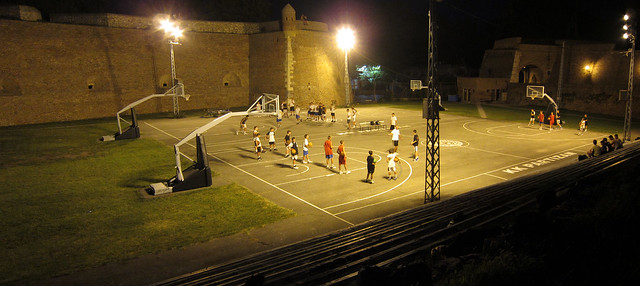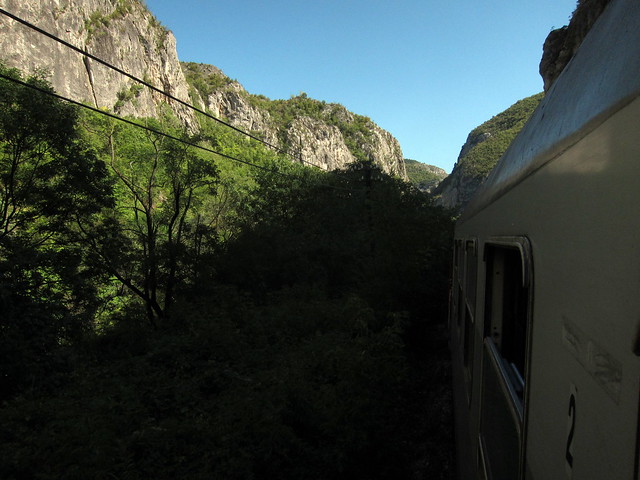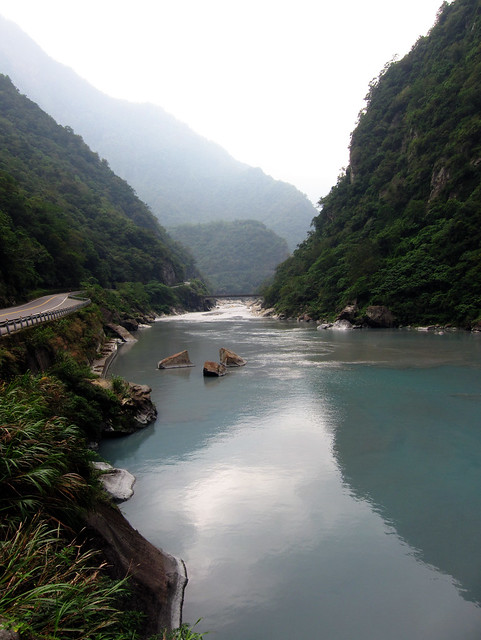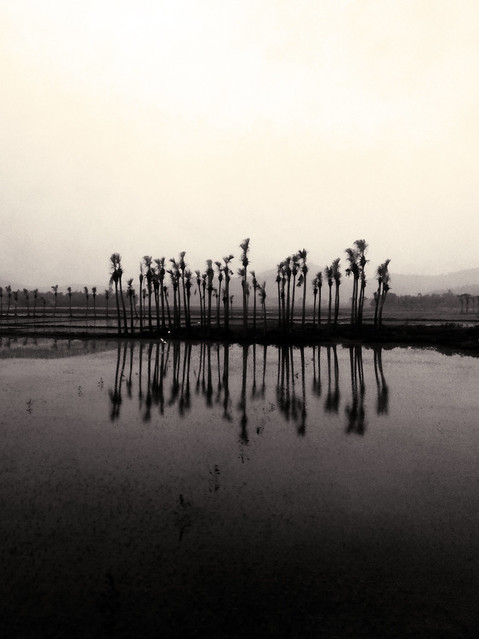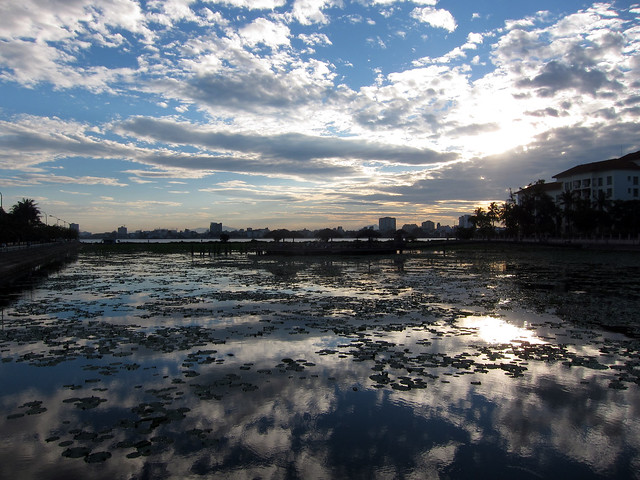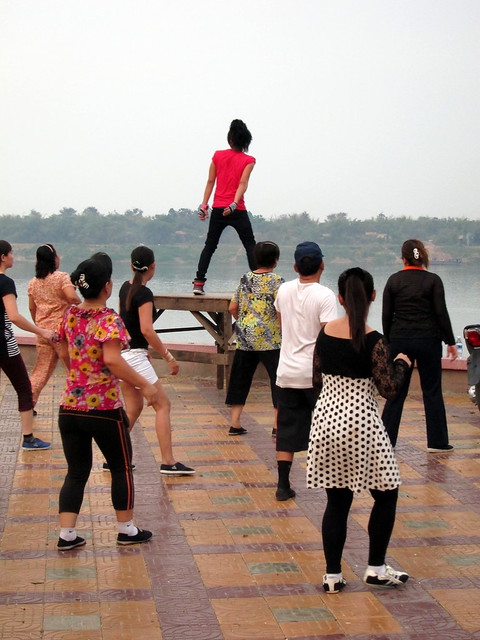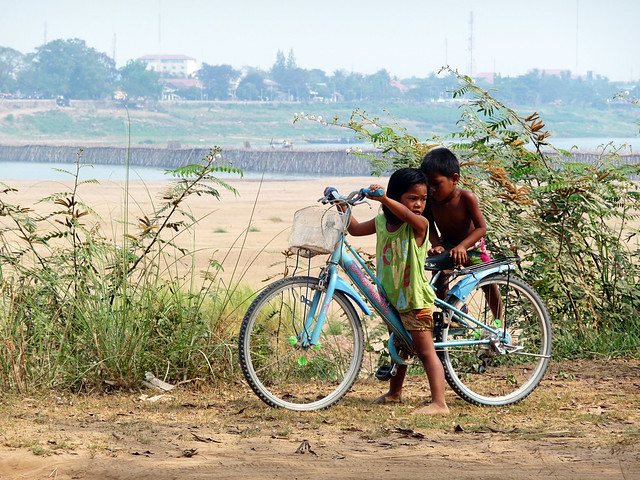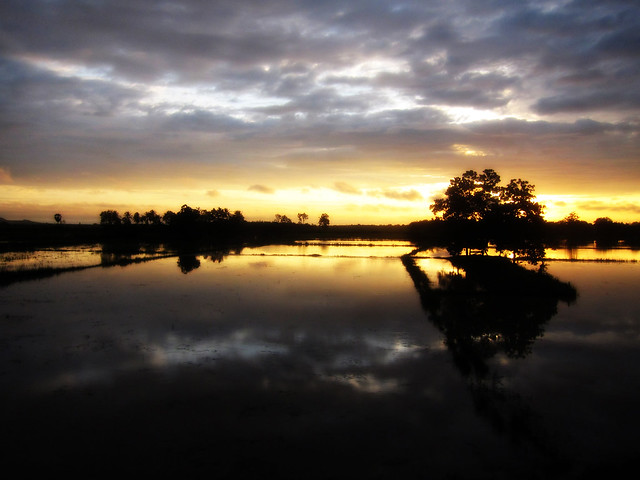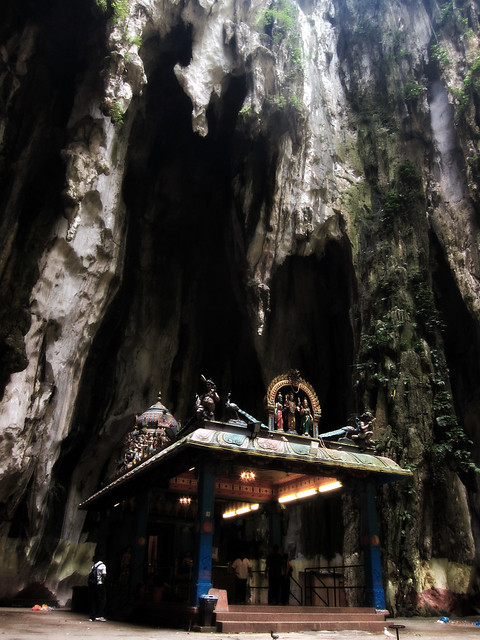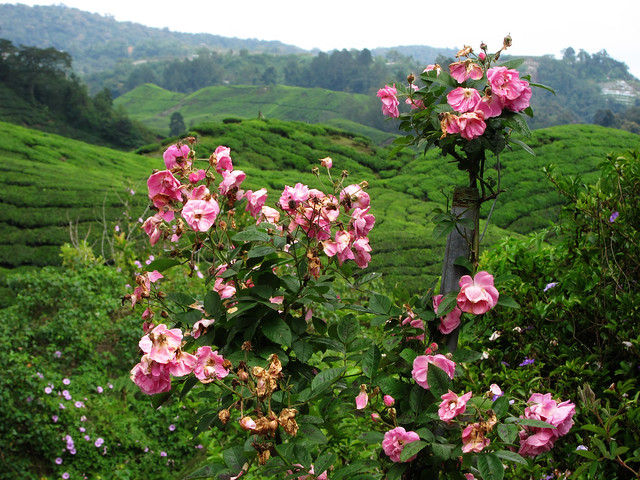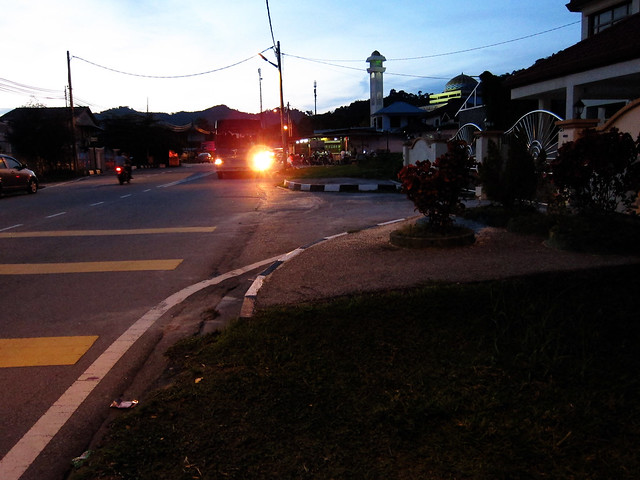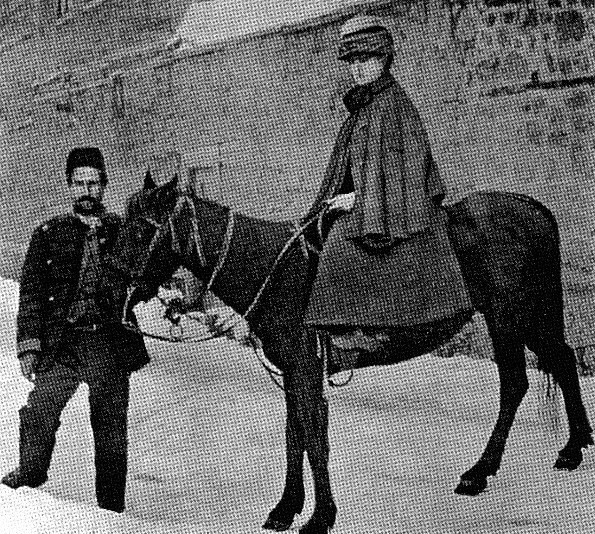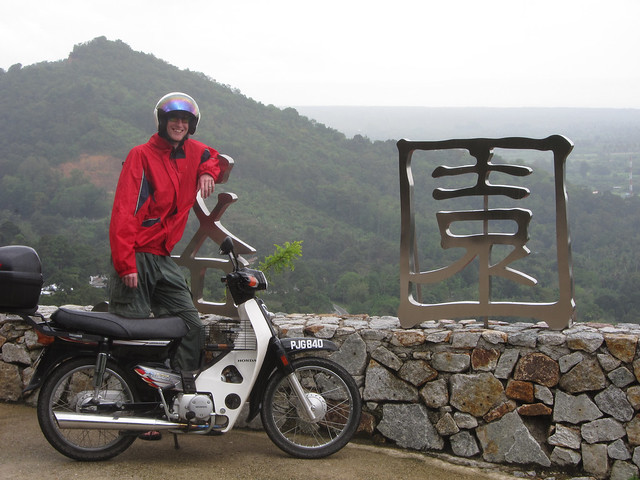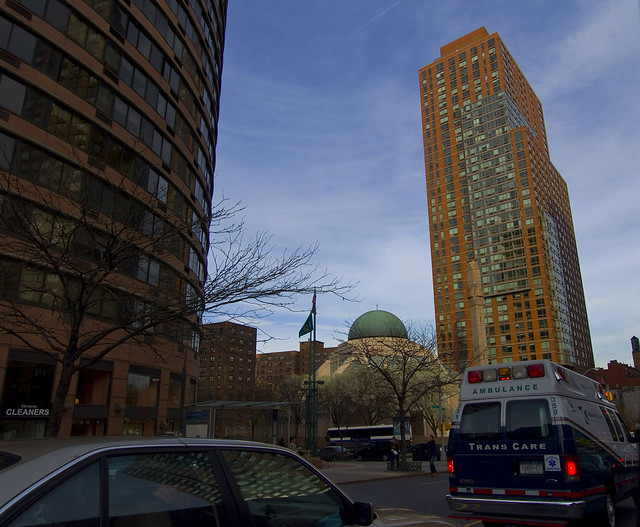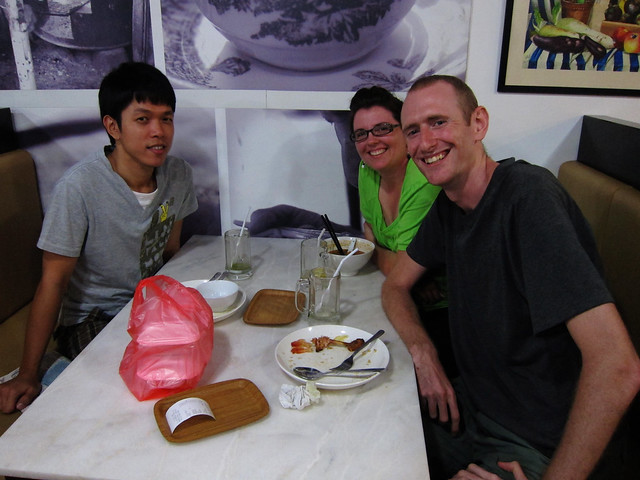Today I am releasing the Gametrekking Omnibus, a downloadable collection of all of my Gametrekking creations to date. It is my tenth release of the Gametrekking project, and it will also be my final “official” release.
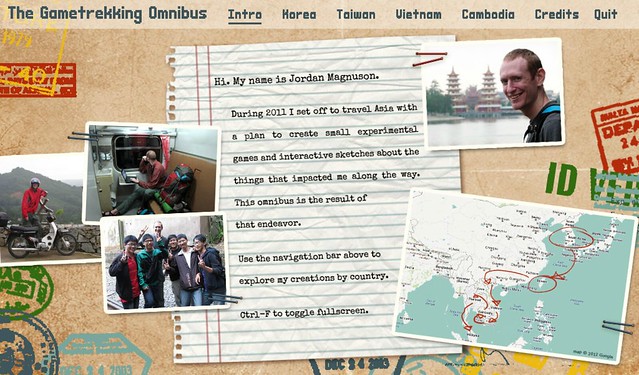
The omnibus includes an interface that lets you browse through all of my creations by country, some built-in slideshows to provide context, links to my written reflections, and new fullscreen versions of all my games and notgames.
To download the Gametrekking Omnibus For Windows:
- Download and run the native exe installer. Note that you need to be connected to the internet during installation, and it may take a while if you do not already have Adobe Air installed.
To download the Gametrekking Omnibus For Mac OS:
- Download and install Adobe Air from http://get.adobe.com/air.
- Download and run the Gametrekking Omnibus air file.

This is going to be the final official release of the Gametrekking project, because it’s been two years since the project launched, I’ve clearly finished “the journey proper,” and a downloadable collection of the work I’ve managed to produce so far seems like as good a place to wrap things up as any. I say this is the “official” end of Gametrekking, because I see the project continuing on indefinitely in some sense… It seems certain that I will keep traveling into the future in some capacity or another, and that I will continue to experiment with interactive sketches and notgames about the things that impact me. But still, I think the Kickstarter project deserves some kind of closure, and that’s what I’ve tried to create with this downloadable collection.
When I launched this project two years ago on Kickstarter I didn’t know if I was going to be able to successfully fund it, but was soon amazed by the support and generosity of the family members, friends, internet acquaintances, and complete strangers who pledged their support, and made this thing a reality.
Once the project was funded, I still didn’t know if it was going to be a success or not—or even how to judge it as such. All I had was a backpack, a half-formed itinerary of shoestring travel through a few countries in Asia, and a vague plan to make interactive sketches about the things that impacted me along the way—to try and use experimental computer games as a kind of “travel writing,” whatever that would mean.
The journey turned out to be incredibly challenging—but also incredibly rewarding. I struggled to fulfill my naïve promise of making computer games from the road while attempting to balance the day-to-day requirements of independent travel (where I seldom knew where I would be spending the night from one day to the next, much less whether I would have access to the internet), but the experiences I had along the way, and the people I met, more than made up for the difficulties. Hitching a ride with some fishermen on Taiwan’s east coast; seeing the Killing Fields of Cambodia with my own eyes; discussing the merits of Facebook with a college student in the Mekong Delta… these are experiences that I would not trade for anything.
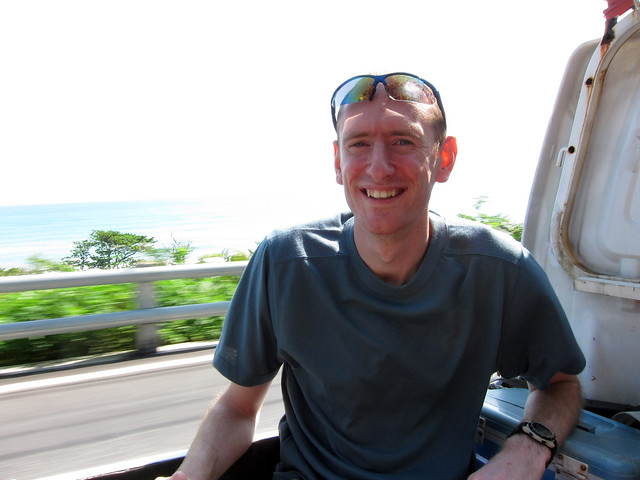
Hitchhiking on Taiwan’s East Coast.
But still I am left with the question, as the project draws to a close, of whether Gametrekking was a “success.” On a personal level I can look back and see that my life has been irreversibly enriched by my travels and my coding; I tried to capture some of the ways in my travel writing. Which is fine and well, but I don’t want to conflate the project with the journey (however hard it is to separate the two in my mind): the journey was personal, but the project was funded, and of a corporate nature. The question is complicated by the fact that I never defined what “success” for Gametrekking would look like, as such. Partly this was, perhaps, an oversight, but partly it was the nature of the beast: the entire venture has always existed as a kind of “leap of faith,” both for myself, and for my backers—a project of possibility, of seeing what would come of a crazy, uncertain idea.
Does one consider success quantitatively, or qualitatively? When I think in terms of quantity, I cannot help but be disappointed: I wish I had a hundred creations to show for my efforts, rather than ten small offerings. I think of all the failed prototypes, and consider mounting them for display, to create a bigger catalog: I wanted to make something for every country that I traveled through, after all, and if I published my failed experiments, I could get there, and then some. But I cannot do it, because I cannot see this thing as an attempt to make a flash game for every country in Asia, like some kind of bizarre interactive Lonely Planet collection. Rather, the games have always been about expressing something personal, for me, even though they are merely sketches and doodles. And so I struggle more than I should with each one, and throw too many prototypes away, and come back too often empty-handed.
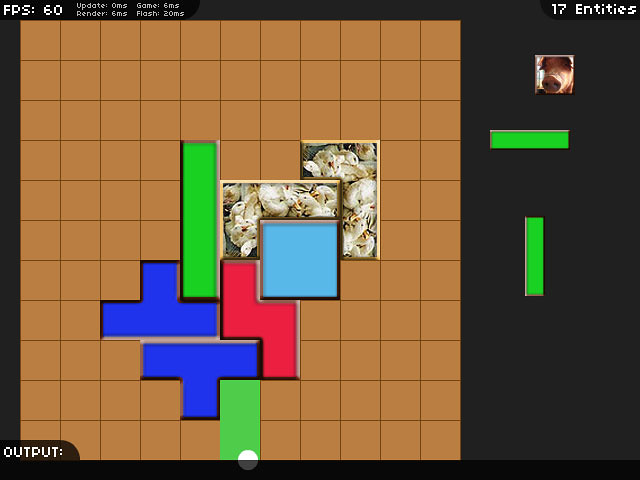
An early prototype for “The Great Moped Balancing Act”, one of many creations I never published.
Still, I can try and point to other numbers in an attempt at vindication: I can say that my Gametrekking creations, while few, have together been played nearly half a million times, that they have appeared on the front page of Newgrounds, been featured in Wired and EGMi, been used for psychology research…
But such claims ring hollow. If the goal of Gametrekking were big numbers, then making sketchy notgames about the kindness of strangers, or visiting your grandmother’s tomb, becomes a laughable waste of time.
Slightly more to the point, perhaps, is the “why” behind the figures: the fact that Newgrounds creator Tom Fulp found two of my sketches interesting enough to feature on his front page despite the fact that they are light-years away from the fare his audience is typically expecting, to expose them to something different. Or the fact that the folks at Extra Credits considered my small notgame “Loneliness” worthy of spearheading two episodes of their show, as a glimpse of something interactive creations should strive for. Or the fact that Patrick Klepek wrote up “The Killer” for Giant Bomb, because he found it a breath of fresh air in a world of “power fantasy” video games. This kind of qualitative assessment is a measure of success that I am vaguely interested in.
But we’re largely still in the land of vainglory. I enjoy a little spotlight as much as the next person, but I hope it’s not why I do what I do, and as such, I’m not willing to accept it as a measure of success.
What’s left?
Just the regular people who play my games, and the notes I get from them. A lot of these are negative. A lot of them tell me to go do something hateful to myself, because I’ve wasted somebody’s time. But every once in a while I get a message like this one regarding “Freedom Bridge”:
I just registered on this forum to tell you that this was one of the most intense interactive experiences I’ve ever had. I went on and watched some short documentaries about Korea afterwards in order to process the tension it had left me with.
Or this one in response to “The Killer”:
I have seldom experienced such raw emotion from a video game. I have traveled to a few of the places featured in your games and learnt a small proportion of their history in the process. however, after playing each game I had to research more and more and more. Thank you for making such simplistic and emotionally provoking games!
Or this one, about “Grandmother”:
Unforgettable. Simple and stunning. Kinda reminds you not to forget about the one’s you’ve lost.
Or this one, posted on the Newgrounds page for “The Heart Attack”:
Something I’d like to say… Jordan, your ‘notgames’ have done something. They hack and slash at the curtains we put up to shield ourselves from the ugly truth. That in reality, evil is decided by the individual. Among other messages. This, and your other games have a simple brutality, depressing and dark. But it’s also deeply informative and touching. They’ve given true insight on the human range of emotions, I’d say. I know that these short notgames you create bring out the best in my character. Make me sad, make me happy and many times, severely upset. I know I’ve learned from you, as many others could say they have. So please, keep on trekking. I want to learn more.
Or this one, about “Loneliness”:
Thank you for that gaming experience… I had to get an account JUST so I can thank you for it… somewhere when the dots were slowing down, I said to myself, “I don’t want to go near them… I don’t want them to leave too” and I honestly Cried. I have never had to set the metaphysical controller down, and take in that level of emotion. I then realized that the game was called “Loneliness”, and I started to reach back into my own memories of not being able to fit in at school, and then I realized that I needed to try ONE least time. The same thing happened in Life, and I am currently married to the only Girl that wouldn’t reject me, in the end of all that loneliness. I, again, thank you for that wonderful experience. Thank you… SO MUCH for this moment of self-reflection.
Or this one on, “Status Quo’s” Newgrounds page:
Taiwan… That is my home…!! Thank you for making such a project about our precious little island. I really appreciate it.^^
Or this one, in response to “The Kindness of Strangers”:
Wonderful story, it’s almost surreal. Being born and raised in the more impoverish parts of the states, the only thing I’ve ever known from people is deception, greed, and hatred.
I don’t post these here for a whoop-dee-doo congratulations, or a pat on the back. I post them to share with you honestly why I consider the Gametrekking project to have been a success. I post them for those of you who backed my project, and wanted it to come to something.
Ultimately, regardless of how many games I make, I have to ask myself why I’m making them; if there’s not a good reason, I don’t care if I’ve made ten or a hundred. I find the numbers, whether of games, or of plays, to be abstract and meaningless in and of themselves. Likewise, the front-page mentions and five minutes of fame quickly fade. It’s comments like the ones above that keep me going. At the end of the day I don’t care about the ratio of negative comments to positive ones: only that the positive ones exist. In my mind, if my Gametrekking creations got one person to look up the conflict between North and South Korea, got one person to remember their grandmother, got one person to believe that Taiwan’s a real place, or got one person to reflect on the nature of isolation, then the project was a success. So I have to consider it a success. I can’t force my definition on anyone else, but I do hope that my backers will agree with me.
It’s been a wonderful journey, and I thank you all from the bottom of my heart.
-Jordan
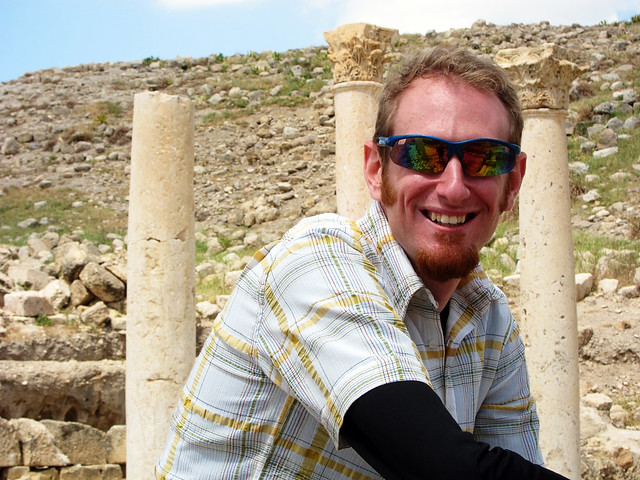

A small sketch about the history of Cambodia. Takes a few minutes to play through, and requires no gaming skills.

A tiny interactive sketch from Vietnam, about the mundane things which are also sacred. Takes about three minutes to play through, and requires no gaming skills.
I am sitting in compartment B on an unremarkable train in one of Serbia’s minor outlying villages, somewhere along its twisting eastern border. I share the compartment with my sleeping wife (face mirror-like with sweat), two backpackers from Australia, and two older Serbian women. Marisa and I were originally meant to be in the compartment next door, but when we embarked the train early this morning in Belgrade our reserved seats had been claimed, along with their attending four, by six burly men who informed us that paid reservations were not particularly meaningful in “this country.”
Just as well, as our companions in compartment B have been perfectly amicable, if not particularly sedentary. Since joining the train about an hour back, the two Serbian women have been fidgeting almost constantly: now rising to rearrange their baggage (they have lots of it); now shoeing us out of our seats so they can stand on them to better reach the overhead luggage racks; now looking out the window; now navigating through tangles of legs to peek out the door. Since stopping at the border, they have been particularly disinclined to sit still. Just now one of them gives me a wink after standing on the seat next to me in order to stuff a black bag up behind my backpack; should I be worried?
Perhaps the fidgeting is brought on by the heat. Supposedly 102 degrees outside, it’s probably a little hotter in here: the sun has been beating in for some time, and only a shoestring breeze finds its way through the crack in the window that I’ve managed to prop open with the rocks; like all the windows on this train, it’s ingeniously made to spring shut if nobody’s holding it down. Behind the rock and the crack in the window is a ticket office plastered in Coca-Cola stickers; the images of ice-cold refreshment seem at this moment unnecessary, and cruel. And so I sit and dream of ice as we wait for border control, and permission to continue on into Bulgaria.
In some ways things have changed quite a lot since the start of our European journey… then it was cold and overcast; then the trains moved faster and went further; then ice-cold refreshments and air-conditioned compartments were a consistent reality (even if made unnecessary by the cold weather); then trains left on time, and seat reservations meant something more. But the scenery then had not been as spectacular, the countryside had not felt as close, and those train rides on balance had not been as memorable.
Waiting to depart from Belgrade station.
Then there are the things that have remained constant as we’ve trekked across the continent. Namely Coca-Cola. A significant irony as there were few things Europeans feared more, wanted less, or were more unified in protesting in 1947 (when Coke opened its first bottling plants in France), than the “Coca-Colonisation” of the continent. This I have learned from Tony Judt’s fat book on Europe, Postwar, a history since 1945. Fat books are good for long train rides; this one has lasted through several.
Which makes me consider my trip now that I’m here at the end, in the sun, on these last tracks, waiting for a final stamp in my passport. In a few days the traveling part of my oh-so-weird project will come to an end… after more than three-hundred days on the road, seventy of those spent here in Europe, I will halt in Amman and make games. Routine, something which seems remote and imaginary—even exotic—from my current position in space-time, will enter my life again. In Amman I will wake, take a shower, sit down at a desk, and spend the rest of my day hitting keys with my fingers in an attempt to bring ones and zeros to life. What will my binary daydreams be like then? What will I remember of all this?
Oxford. Port Meadow and Ot Moor and all the fabulous spaces sprinkled ‘round the shire. There aren’t spaces like those where I’m going. There aren’t spaces like those where I’ve been. Spaces to walk through freely no matter who owns the land, spaces to breathe in, spaces where the first dinosaurs were dug up and named.
Port Meadow, Oxfordshire.
Communal living at Darvell. Walking down a path that first night and coming upon two octogenarians examining craters in the moon. Songs and dances, vegetables and discussions of faith… everyone happy to see us, everyone glowing like Moses.
View from our room at Darvell; welcome cards and cookies in the foreground.
Game-jamming at Cambridge. Meeting Stephen and Terry and Alan and all those friendly indies. Testing games and speaking code, and having people understand.
Jamming hard in Cambridge.
Paris in the rain. That apartment with its small balcony and graphic novel of Genesis, so exactly like my preconception of what a Parisian apartment should be like, yet tactile and thick with history. The Louvre being too big to look at, and too good for English. The Eiffel Tower hiding away till we found it and jumped. Competing with Karith and Marisa to find invaders.
An invaders spotted in Paris. Marisa found that one.
The names of people in Belgium, sounding as friendly as they were; Hucky Gillen and Inge Hernie. Talks about Afghanistan, and going back there. Following Inge to a fake beach on the river where we waited for the sun to set, then froze to death while watching Once Upon a Time In Mexico on a giant outdoor screen. Chasing down building-sized comic strips in Brussels. Drinking hot cocoa at the Grande Place and thinking that it was, and is, the best old square in Europe. Learning that everything French is Belgian. Finding Magritte, and Saint Bavo Cathedral: the church I most want to go back to. Eating baklava with Tale of Tales.
One of Brussels’ many comic strip murals.
Meeting our landlord in Amsterdam, whose vast collection of old computer games bonded us instantly. Finding my favorite painting in the world and staring at it for an hour: the real thing so much more vivid and quiddative than its many reproductions. Cars that made Smart models look fat.
Van Gogh’s Sunflowers.
Berlin, the seat of the middle of Europe: how it brought home all the wars I’d been reading about in a way that stayed with me through the rest of our trip. Pieces of wall, Checkpoint Charlie; half a century of a divided country, continent, and world.
View from Berlin Tower. The Reichstag can be seen in the distance.
Staying with Petr Kotouš in the Czech Republic; talking about computer games and poetry; introducing him to the indie scene while he introduced me to walking beer. Sitting with Marisa on Castle Hill, watching a rainbow come out after the rain, and thinking that Prague was perhaps the most beautiful city we’d been to. Smoulove craziness in the old town square… a craziness that followed us everywhere in Europe.
View of Prague from Castle Hill.
The architecture of Vienna: elegant, bold, and regal. Discovering Hundertwasser, his rejection of straight lines, his proposal of tree tenants. Coffee and streusel, schnitzel and cake.
Vienna.
Budapest. St. Stephen’s Basilica, with its interior almost too golden to look at, and the withered hand of Hungary’s first king off in a corner, sitting there in the dark till someone dropped fifty cents to light it with neon. Hiking through the heat of the city, then wandering into a cave church and feeling the cool air wash over us as we listened to a mass begin. Talking into the night with Ildiko and Peter Rozsovits about everything from color theory to Nazi occupation… an occupation still evidenced by bullet holes in the house where we stayed, a house built by Ildiko’s father, which had once been far out in the countryside though now its surrounded by city.
Interior of St. Stephen’s Basilica.
Leaving tourists and air-conditioned trains behind as we headed towards Zagreb. Meandering through Mirogoj cemetery and feeling no disappointment at its beauty, though I had been warned that it was one of the world’s most impressive burial grounds. Stumbling into a Franciscan church on the way home that wasn’t marked on our map as anything special, yet turned out to be one of the best churches I’ve ever been in: not giant, but splendid—while somehow still humble and earthy; no sound but the gentle rustle of robes as a priest went about his duties; no light but the rainbows cast by stained birds and fishes and beasts of the field. And next door the city cathedral, once considered the furthest reach of Western Christianity; thick walls were built to defend it from Turks, if it came to that.
Ban Jelacic Square, Zagreb.
Being picked up at the train station in Sarajevo by an ancient man in an ancient Citroën that was easily twice my age. Getting to our hostel, sitting down in the garden, and listening to the owner talk for two hours about the history of his people, a people nearly snuffed out in the ethnic war that ended only fifteen years ago. “Nobody cared,” he told us, “Not the EU, not the UN… only America saved us.” The first time in my life I had heard (in first-person) a non-American speak in favor of any kind of U.S. military action overseas.
Cemetery for victims of the four year siege of Sarajevo during the Bosnian War, just around the corner from our hostel.
Then only two days ago there was a night in Belgrade with our couch surfing hosts and their friends… some beers and some laughs, and Vladimir playing his trumpet. Walking by the biggest people I’ve ever seen as we strolled through city streets. Sitting on a piece of old fortress and watching the sun set where the Sava and the Danube meet. Waiting as lights turned on, and young people came out to play basketball beneath those same old fortress walls. Sleeping, then boarding a last train.
Night basketball in Belgrade.
And now here we are at Bulgaria’s border.
And now something funny has happened.
Across from me one of our Serbian friends has pulled up her shirt just slightly, and is unwrapping from around her waist a nylon stocking which she’s tied there. And in the stocking are packs of cigarettes. And now the other woman pulls down the black bag that she hid behind my backpack earlier. More cigarettes. They continue reaching into their clothes.
The police have come and gone, with passport control, and now all along the train people are scurrying madly, jamming fingers into secret holes, sticking arms up to elbows between places that really shouldn’t have a between. And all of the holes, and all the betweens contain cigarettes: packs and packs, cartons and cartons. It looks like Marisa and I, and the Australian couple in our compartment may very well be the only people on the whole train who didn’t depart Belgrade as smugglers.
As we start our slow chug towards Sofia the train settles down; indeed, the women in our compartment have undergone a remarkable transformation since recovering their last treasures from pant legs: they sit still now, and smile contentedly while chatting quietly together. I can’t help but smile contentedly myself. I started writing this piece with some idea of having a grand reflection, of getting at the meaning of the trip, the meaning of travel, the meaning of Europe and me. And I’ve failed to do anything but reminisce. But right now that’s enough for me. Right now this train ride is enough for me.
Towards Sofia…
Related slideshows:
As Marisa and I prepare to head to Europe, I thought I’d take a moment to share some of our favorite snapshots from Asia:
Taroko Gorge, Taiwan.
Kaohsiung Harbor, Taiwan.
Chaishan, Taiwan.
West Lake, Hanoi, Vietnam.
Shot from the train between Ninh Binh and Hue, Vietnam.
West Lake, Hanoi, Vietnam.
Kompong Cham, Cambodia.
Angkor Wat, Cambodia.
Kompong Cham, Cambodia.
Southern Thailand at sunrise.
Batu Caves, Malaysia.
Cameron Highlands, Malaysia.
Kek Lok Si Temple, Malaysia.
More:
For the last few months Marisa and I have been trekking around Taiwan and Southeast Asia. We’ve hiked the Caolin Trail in the rain, spent the night at a temple in Dali, been attacked by monkeys in Kaohsiung, swam in the 6:00am sea at Nha Trang, met Vietnam’s most celebrated photographer, helped an elephant take a bath in Mondulkiri , been tuk-tuked around Angkor, driven a “moto” around Pulau Pinang, traversed the world’s longest jungle canopy walkway, heard Justin Bieber play after the Muslim call to prayer, and stayed with some of the nicest strangers we’ve ever met. I’ve also read thousands of pages of history, watched many hours of local cinema, written a few blog posts, had lots of inspiration for making games, and actually released far fewer games than I would have liked.
It turns out that making computer games while traveling isn’t the easiest (or most realistic) thing I’ve ever attempted. I’m behind, but that’s okay: I’m going to keep making things as I can, and then plug away at my backlog once I have some place to call “home” again. For now though, my funds aren’t quite depleted. Amazingly enough I’ve managed to survive the last eight months on less than $10 a day, thanks in no small part to the generosity of the many people who have hosted Marisa and I along the way. Even with transportation costs and everything else thrown in, there’s still about $1000 left in the GameTrekking fund.
With that money I’m going to visit Europe, for a different perspective on the world from the Asian one I’ve been immersed in for some time. Partly to compare and contrast two very different parts of the world, and partly to go back to a few countries I’ve already been to in the past, in order to try and gain some inspiration for a game about revisiting a place, something that one of my most generous backers is particularly interested in.
$1000 isn’t enough for a leisurely trip through the most expensive continent in the world. But with the help of some savings, and a lot of generous couch-surfing hosts, it’s enough for a mad dash train trip between capitals that looks something like this:
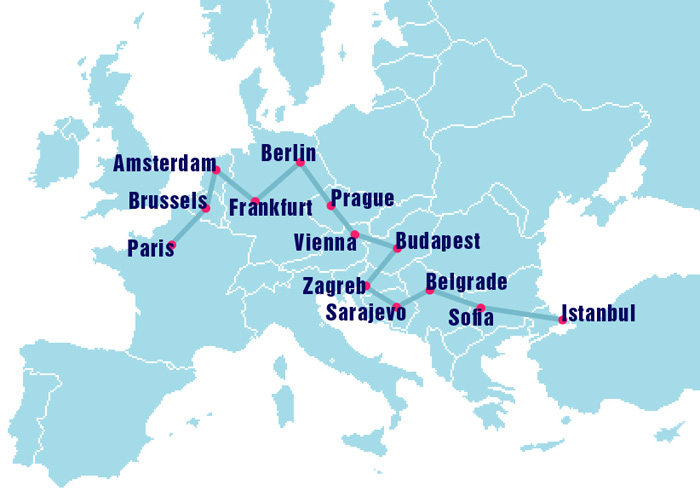
This mad dash tour is clearly in a different style from the wanderings Marisa and I have taken around Southeast Asia, and that’s part of its appeal. I generally prefer slow and meandering to fast and furious, but I think there’s value in all forms of travel, and the goal of this trip is to revisit some cities I’ve been to before (about half of those shown above), and to get just the tiniest taste of Europe as a whole… a taste that can hopefully be built upon later. I won’t be reading individual books about every country that we travel through, nor making games for every country, like I’ve been doing (and plan to continue doing) for Southeast Asia… rather, I will be looking for themes and ideas and impressions that span the continent, and thinking over the concept of “revisitation.”
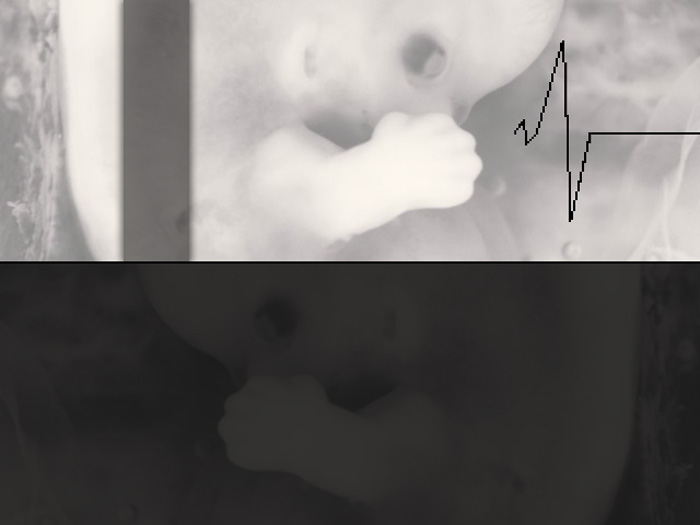
My latest notgame (interactive poem? participatory observance? call it what you want) is from Vietnam, the country I have spent the most time in during these last few months in Southeast Asia. It has something to do with the Vietnam/American War. It should perhaps be noted that I was determined not to make anything about the war. When I was looking for research materials for Vietnam, I was somewhat unhappy to find that the vast, vast majority of literature that is returned by a simple search for the country’s name is not really about the country at all, but about the war, and about America. I studied the war to some extent in high school and college, so I became determined to avoid the last fifty-odd years of Vietnam’s history, to focus instead on the nations’s long and prodigious experience before America ever came along. And I succeeded to some extent, with the aid of Neil Jamieson and others.
Another interactive travel map from my beautiful wife. Click on the circles to see pictures or read blogs posts.

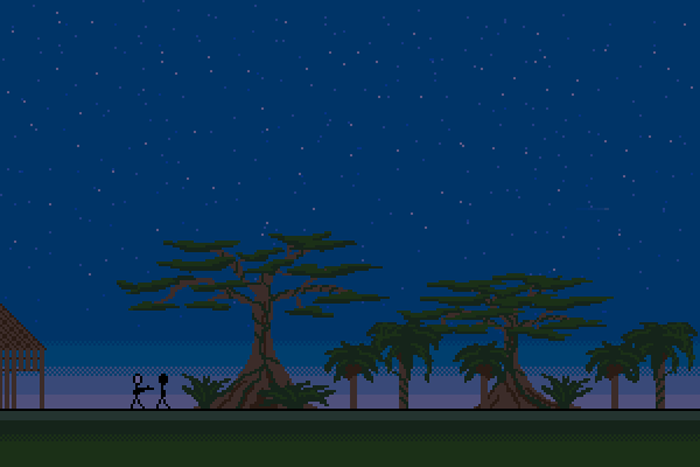
The Killer is a new notgame inspired by my experiences traveling through and learning about Cambodia. It can be played from start to finish in about four minutes by anyone, as it requires no gaming skills whatsoever.
Click here to play The Killer now in your browser.
Thanks to all my backers who helped me test and refine this notgame!
Waking up in the village of Sungai Batu, at the Southern tip of Pulau Pinang, Malaysia, is the same every morning: you wake up with the sound waves that call the faithful to prayer. The prayer, if you are not Muslim, is optional, but the waking up is not: Sungai Batu is small, and every bedroom in every residence inside the village lies within easy striking distance of the loudspeakers mounted on the central mosque’s minaret.
Sungai Batu at sundown.
And so it was for us, every day for a week. Then something odd happened, on the last day of our stay. That morning, as the final verses of the Adhan faded and I rolled over to renew my slumber, another sound caught my ear… a strange sound… a sound that seemed to clash with the first. I sat up, and turned my head to listen. It seemed as if this new sound were also coming from the mosque, just as the call to prayer had done… except… except…
Except the sound was the sound of Justin Bieber’s voice, singing “baby, baby, baby, oh!”
I am the kind of person who easily waxes nostalgic for times gone by… I romanticize bygone eras of exploration and discovery, and allot most of my daydreaming time to imagining myself as a daring globe-trotting archeologist born about two hundred years ago.
I also indulge my nostalgia with literature. As I traveled through Malaysia, for instance, I spent some time reading a bland contemporary account of the overarching history, but spent a good deal more time lost in the pages of a nineteenth century travel diary penned by a woman named Isabella Lucy Bird. Not content with the expectations for her gender in Victorian England, Isabella set out with her “Gladstone bag and canvas roll” to visit America when she was twenty-five, and spent the rest of her life crisscrossing the globe, from Morocco to India, Turkey to Japan. She ended up funding her adventures by publishing her detailed letters and diaries, which remain some of the most insightful travel writings available from the period.
Isabella Bird photographed in Tibet, a few years after she traveled Malaysia.
When Ms. Bird came to Malaya by steamer in 1878, British colonies had been established on the islands of Penang and Singapore, and the peninsula’s outline had been roughly mapped; the interior space however, was nothing more than a black hole as far as most Europeans were concerned, and the peninsula itself was still referred to by the name Ptolemy had given it sometime in the second century C.E.: “The Golden Chersonese.”
Ms. Bird set out for Malaysia from Hong Kong, then steamered her way to Saigon and Singapore before approaching the mysterious peninsula itself. This is where I was in my reading the night before I woke up in Penang to Justin Bieber’s voice.
No horse for me, but a ‘moto’ proves the next-best way to traverse Penang.
Romantics like myself, comparing our experiences to those of people like Isabella Bird, sometimes complain that contemporary travel is stale. That the world has grown too small, too quickly, and that “alien experiences” are few and far between. That there is nothing new to witness, or discover on this planet. That we are living at the wrong time for “interesting” journeys.
Justin Bieber—of all people—reminds me that such claims are wrong.
Such claims are wrong because never, at any other point in history, has Isabella Bird or any other traveler been able to experience what I did in Sungai Batu. Never before, in Malaysia or anywhere else, has Bieber followed the call to prayer. We are living at a time of fantastic temporo-cultural juxtaposition, and while one can experience this juxtaposition anywhere, it is only by traveling that one starts to grasp the extent of the “mashup” that is occurring around the world, and perhaps gain some new perspective for what it all means.
An American like me, for instance, might see mosques being built in New York as a kind of “invasion.” In Malaysia, though, we find a new normal: one in which mosques are everywhere and Muslims make the law. We may be put at ease to hear familiar pop music playing outside our hotel window after the Adhan, but being in Malaysia, it’s impossible to ignore the notion that the Malay woman in a hijab eating breakfast next to us probably views the whole situation—from New York to Bieber—completely reversed: that she is probably soothed when she hears the call to prayer in America, and worried by the music that’s playing at home.
A mosque in NYC.
Bieber aside, there is a deeper level at which listening to the Adhan in Malaysia is fascinating. It is fascinating because five times a day, in the heart of Southeast Asia, one can stop and listen to to the ebb and flow of Arabic verse conceived hundreds of years ago in an alien culture located half way around the world. And that is just the beginning of this country’s astounding multicultural heritage. Pick a street in Georgetown or Malacca, and you’ve got a pretty good chance of being able to walk by a mosque (built by Malays, Arabs, or Indians), Buddhist temple (built by Chinese), Hindu temple (built by Indians), church (built by Chinese, Indians, or European settlers), and colonial fortress within the space of one or two city blocks… all of them but the fortress alive and active with worshipers.
Fort Cornwallis was present in Georgetown long before Ms. Bird. visited… the clock tower behind was built soon after she left to commemorate Queen Victoria’s 1897 Jubilee.
Only fifty percent of Malaysia’s population is in fact comprised of ethnic Malays… and the Malays themselves are not indigenous to the peninsula or Borneo. Ten percent of the population is indigenous, with the rest being of Chinese or Indian descent… the offspring of generations of immigrants who came to work the tin mines, plant the fields, and set up business—many of whom were “shipped in” by the British.
The citizens of Malaysia are governed by two courts: one which handles all secular cases, and everything related to the ethnic Chinese and Indian populations, and another—the Islamic Sharia court, imported from Arabia—which governs the Malays, who are Muslim by ethno-religious state definition. The majority of political power is held by Malays, while the majority of the country’s wealth is held by ethnic Chinese, and the majority of laborers are ethnic Indians.
In short, Malaysia is one of the most heterogeneously multicultural countries in the world. Cultures have been colliding here for a very long time. In fact, the more I saw of Malaysia, the more I realized that—Bieber notwithstanding—I was encountering many of the same things that Isabella Bird had encountered over a hundred years ago, from the cultural juxtaposition, to the friendly people, to the lush open jungle, to the equatorial heat, to the amazing variety of delicious foods.
Having dinner with Kian—a Malaysian of Chinese descent who hosted us for two nights in Ipoh.
Most importantly, my journey was similar to Isabella’s in the way that all journeys will always be similar: we both encountered something of what a particular place is like right now (which of course includes something of what it was like in the past).
As far as I can tell, the world is always changing. We gain some things, and we lose some things, but I think it’s important not to be too nostalgic about the past, not to privilege getting to see an “uncorrupted” culture over getting to hear Justin Bieber play in a small town in Asia. Because those uncorrupted cultures never really existed; culture is a discussion, and we’ve all been having it for a very long time. I tend to agree with what Ovid said some two-thousand years ago: Omnia mutantur, nihil interit (“everything changes, but nothing is truly lost”). People like myself complain about the world getting smaller, but I think that we’re humbugs and liars, because the world, if anything, is getting bigger. Go back a hundred years, and ask yourself how likely it is that you would have had the resources (or inclination) to travel out of your home country. Now ask yourself how likely it is that those villagers in Sungai Batu would have had the resources to travel out of theirs. All of us get to experience more cultural diversity now, in the twenty-first century, than we ever could have hoped to do at any point the past.
I think there is room for a mitigated skepticism in all areas of life, and I think that, in the coming decades and centuries, it is imperative that people take strong stands to safeguard the precious parts of their cultures, because there is a danger that some precious parts may be washed away. But that doesn’t make the wave inherently bad, nor does it make travel in the contemporary world “boring.” On the contrary: every day, all over the world, more people than ever before are coming into contact with new modes of thinking, new forms of living, new ways to be who they are, and new ways to be who they aren’t… are coming into contact with people and styles and ideas that their parents never could have imagined. People are trying to figure out what to keep and what to throw out, trying to decide what’s valuable and what’s trash, trying to change and trying to stay the same. Sometimes it’s ugly, sometimes it’s violent, sometimes it sounds like a prepubescent pop singer I really wish would go away… but as I sit here in Kuala Lumpur listening to the Korean pop megahit “Nobody” play in the background, with an amazing sampling of Indian food in front of me, at a hole-in-the-wall restaurant that sports a large “like us on Facebook” sticker on the wall… I am reminded that most of the time it’s just messy, and crazy, and a whole lot of fun watch—and be a part of.
Social networking advertised on a city bus we took from Sungai Batu to Georgetown.
Related slideshows:




